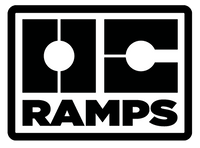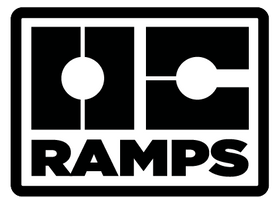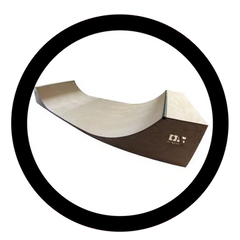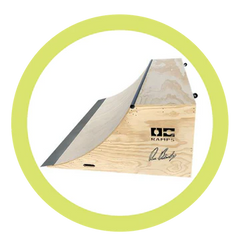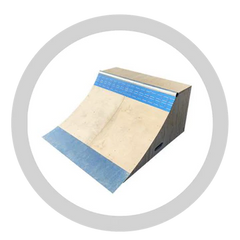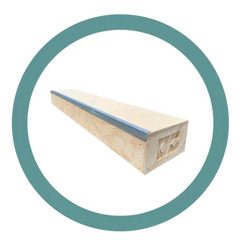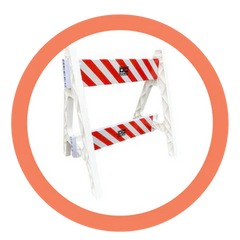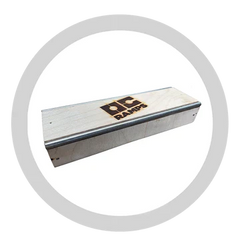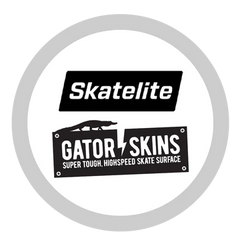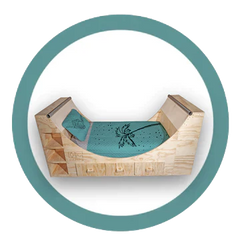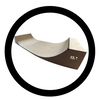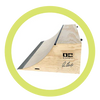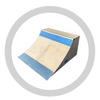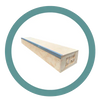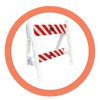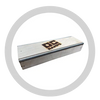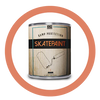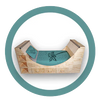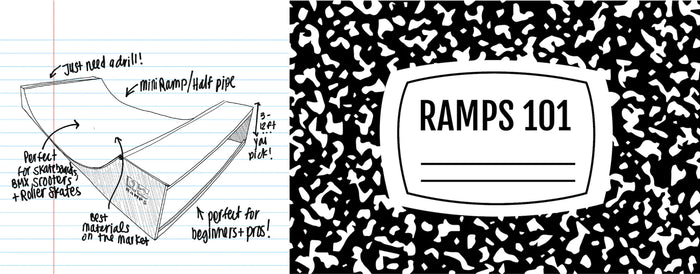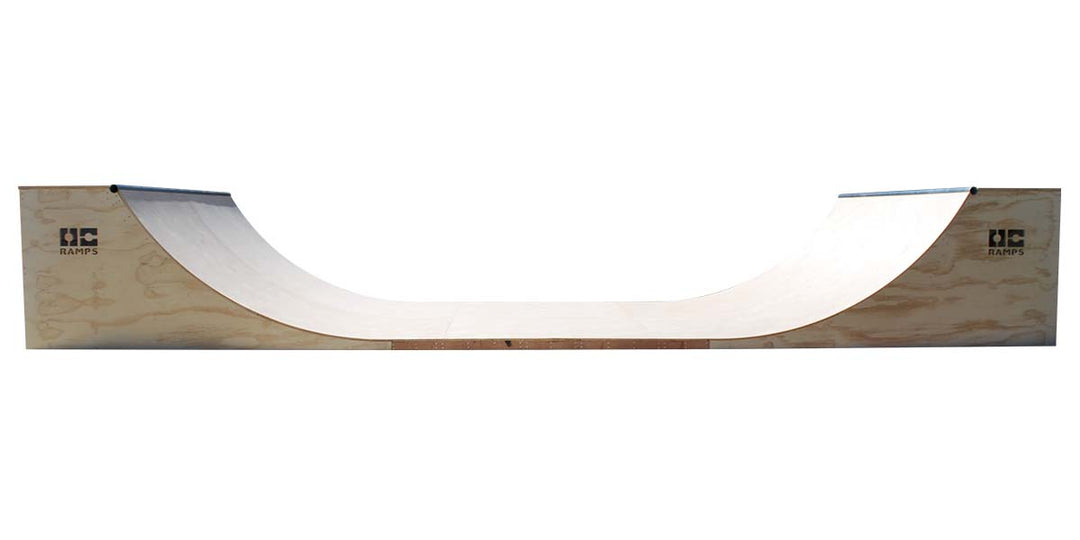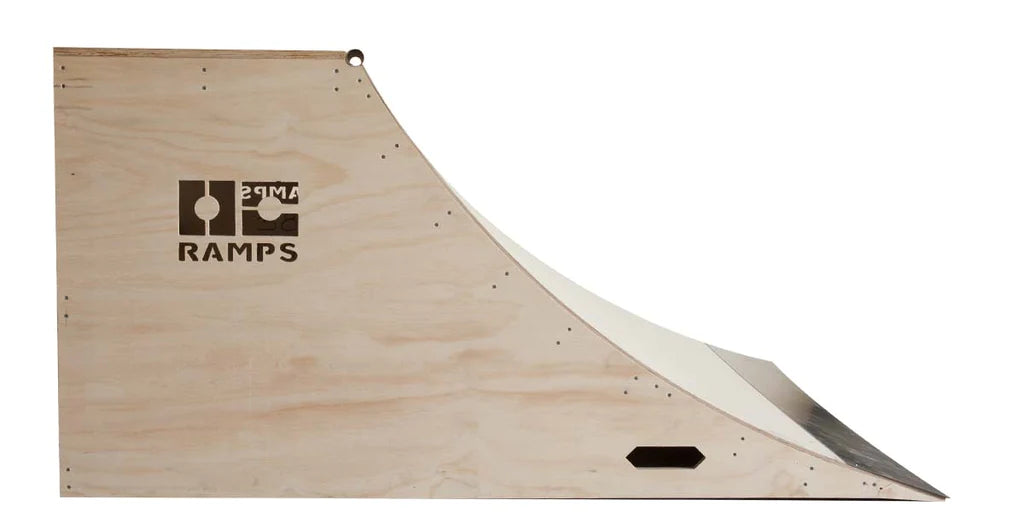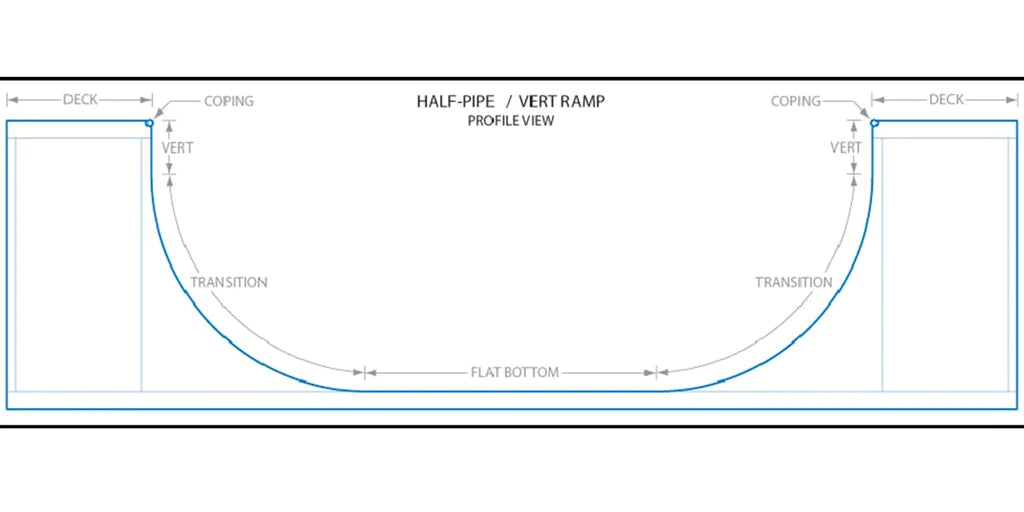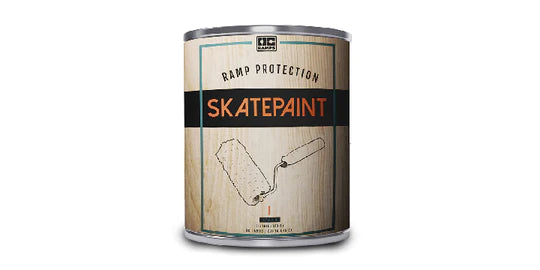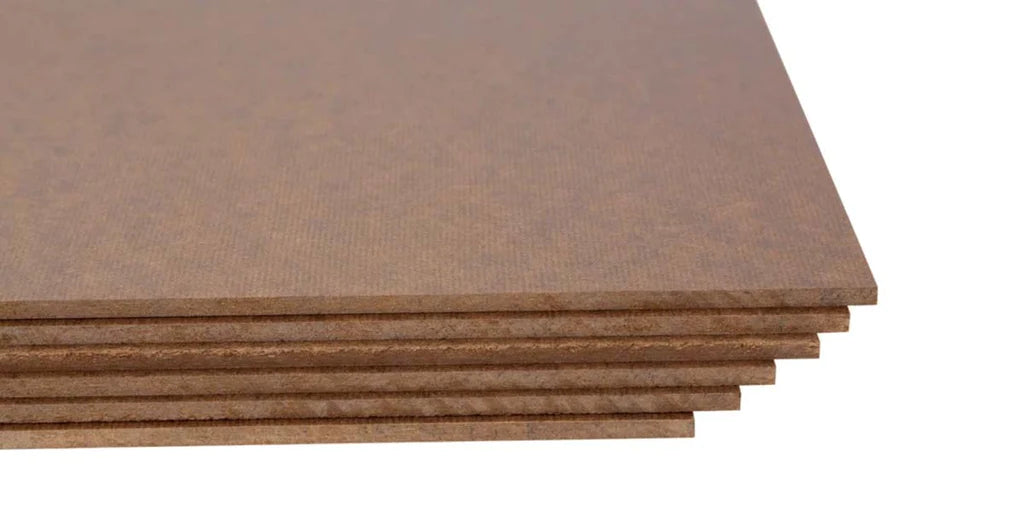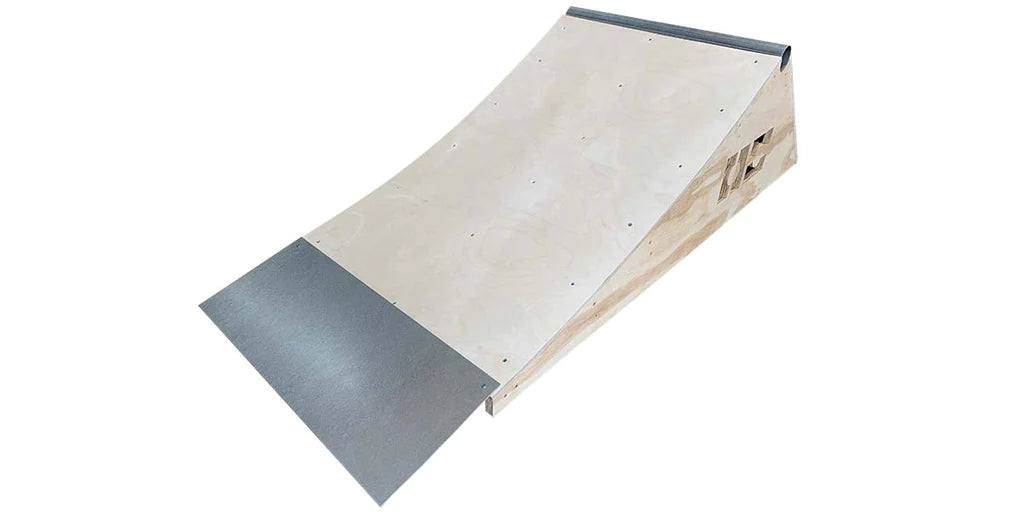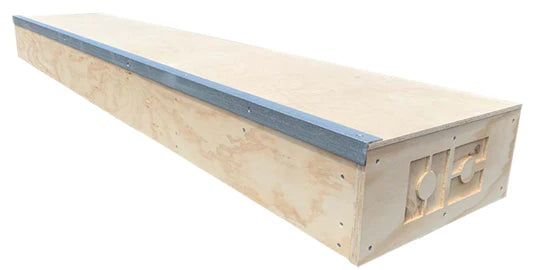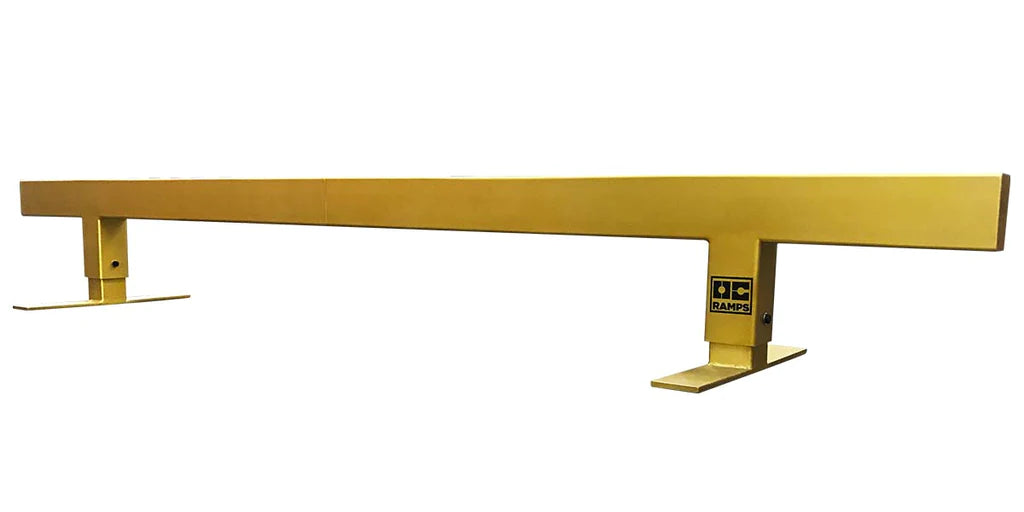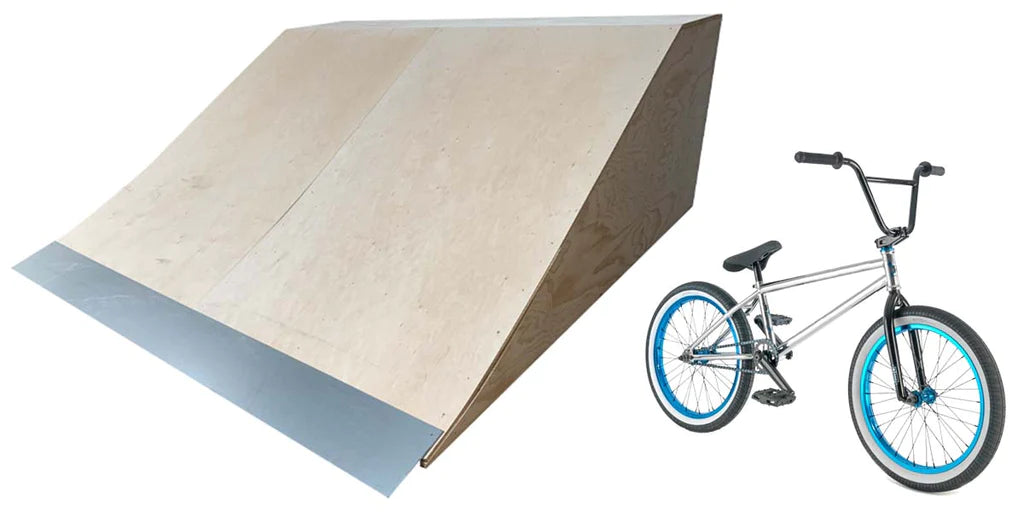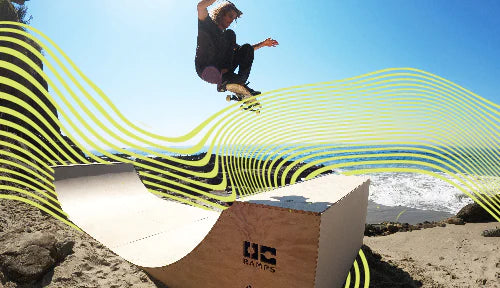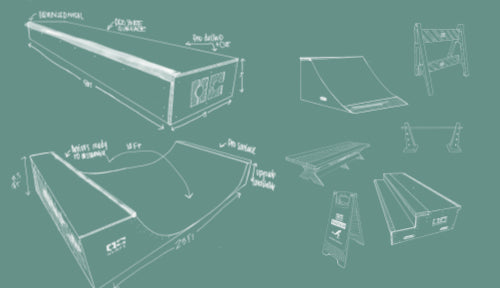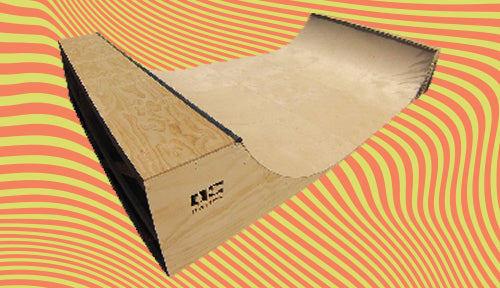Ramps 101 – Everything You Need to Know
Halfpipe
A halfpipe is just that, literally, half of a sphere or pipe. These ramps can be used for skateboarding, snowboarding, BMX, or any other extreme sport enthusiast. Each halfpipe has two sloped sides and a flat section in between. Riders increase momentum by “dropping in” the ramp and going from side to side. Intermediate skateboarders can gain air by launching out of each sloped ramp. Tony Hawk is well known for riding large halfpipes. In the 2010 winter Olympics, pro snowboarder Shaun White proudly branded the half pipe and made it known to the world. Halfpipes are the preferred choice of ramps to most. Halfpipes can also be both vert ramps and mini ramps.
Quarterpipe
A quarterpipe is just that, literally, quarter of a sphere or pipe. Quarterpipes are designed with one sloped side only. A great benefit to quarterpipes is their mobility. These portable ramps can be used in the street, driveway, or moved to the backyard. Multiple quarter pipes can be placed side by side, back to back or set in front of each other — in essence, making a halfpipe.
Mini Ramp
Any ramp that does not go vertical in the sloped transition—typically all ramps under 6 feet in height. Mini ramp is a general term for all ramps that lack vert- quarterpipe, halfpipe, spine ramp, etc. Mini ramps are used by all levels of skaters at all ages. It is a universal ramp that every extreme rider enjoys. These ramps are great to learn the basic tricks and stunts that lay the foundation for any level of talent.
Vert Ramp
Any ramp that goes completely vertical in the transitional slope. Most ramps that are vert are larger than 6 feet in height. Professional riders that have made vert ramps famous are Tony Hawk, Danny Way, Bob Burnquist, and Shaun White. The basic function of a vert ramp is to launch the skater into the air. With the most experienced pro riders, they can boost over 20 feet out of the ramp! Vert ramps mainly consist of halfpipes, pools, bowls, and quarterpipes. Most skaters are extremely experience in riding such monsters!
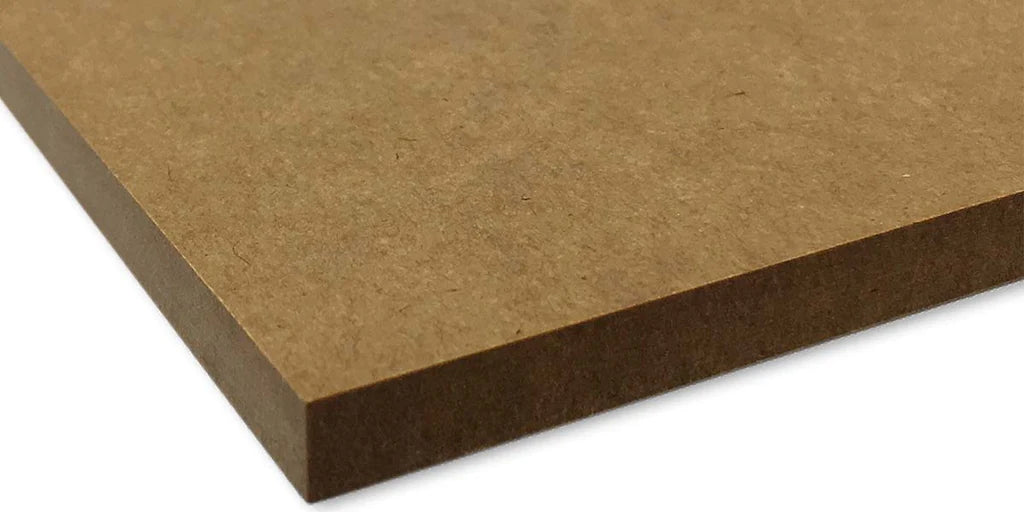
Skatelite
A plastic/plywood material used as a top layer for ramps. This skating surface is made of plastics and phenolic resins. Skatelite is known to last several years to the outdoor abuse without bubbling or delaminating. Unfortunately, Skatelite is roughly $185 USD per sheet. That means, for most mini ramps, you’re looking at $1800 in Skatelite material alone. Ouch!
Skatepaint
A polyurethane/epoxy coating for wooden ramps. Skatepaint is used to protect and prolong the life of any ramp and wood. This unique paint provides a clear, completely water resistant coating. It is the only sealant designed specifically for wooden skateboard ramps. Other cheap water sealants create a slippery texture and not ideal for skateboarding. Skatepaint leaves the perfect surface- gripping the urethane wheels to any skateboard. This thick material can be somewhat related to a heavy duty marine varnish. This “liquid plastic” can be applied with a regular roller, no mixing or combining chemicals; just pour and paint!
Masonite
Aka tempered hardboard. A common surface used for skateboard ramps. Masonite comes in 4x8ft sheets and has a smooth surface. Works great for indoor ramps, but not recommended for any outdoor ramp. In essence, this cheap material is a glorified cardboard. Any water on masonite will force it to bubble and delaminate. Skatepaint can be applied to masonite, however, we recommend finding another source of skating surface!
Launch Ramp
Aka kicker ramp or wedge ramp. Launch ramps are smaller items designed for street courses and skate parks. Unlike a quarterpipe, these ramps contain no coping nor top deck. They have a mellow and easy transition. Launch ramps can be used for a skateboard, scooter, or BMX.
Grind Rail
Any form of metal that skateboarders use to rail grind (Aka Skate Rail). A skateboard rail can be a handrail for stairs, attached above a grind box, or freely placed in the street. Skateboard rails are used simply to grind and perform tricks.
BMX Ramp
Any form of ramp can be used by bicycles. BMX riders typically can utilize the same ramps as skateboarders. From our experience, BMX riders enjoy quarterpipes the most because of their mobility. They make use of the portable ramps in the street, sidewalk, and move them around to suit their BMX style.
